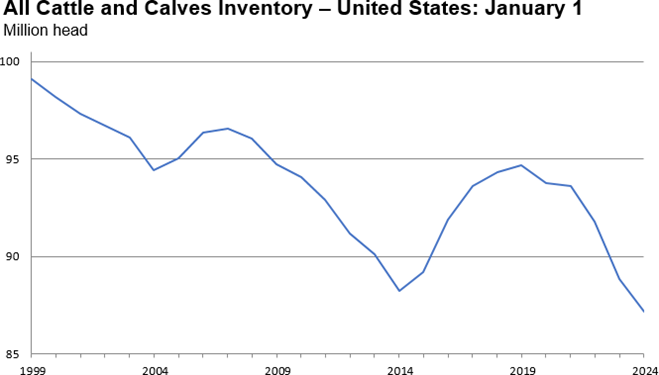March 6, 2024
Introduction:
Read more of the Eurekalert article here: https://www.eurekalert.org/news-releases/1036656(Eurekalert) Scientists have discovered the gene that enables marine algae to make a unique type of chlorophyll. They successfully implanted this gene in a land plant, paving the way for better crop yields on less land.
Finding the gene solves a long-standing mystery amongst scientists about the molecular pathways that allow the algae to manufacture this chlorophyll and survive.
“Marine algae produce half of all the oxygen we breathe, even more than plants on land. And they feed huge food webs, fish that get eaten by mammals and humans,” said UC Riverside assistant professor of bioengineering and lead study author Tingting Xiang. “Despite their global significance, we did not understand the genetic basis for the algae’s survival, until now.”
The study, published in Current Biology, also documents another first-of-its-kind achievement: demonstrating that a land plant could produce the marine chlorophyll. Tobacco plants were used for this experiment, but in theory, any land plant may be able to incorporate the marine algae gene, allowing them to absorb a fuller spectrum of light and achieve better growth.
Chlorophyll is a pigment that enables photosynthesis, the process of converting light into “food,” or chemical energy. Plants produce chlorophyll a and b, while most marine algae and kelp produce c, which enables them to absorb the blue-green light that reaches the water
